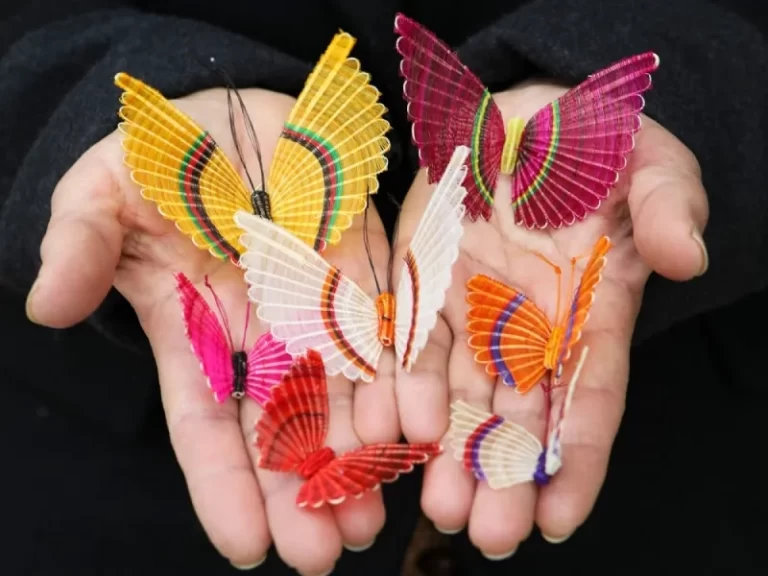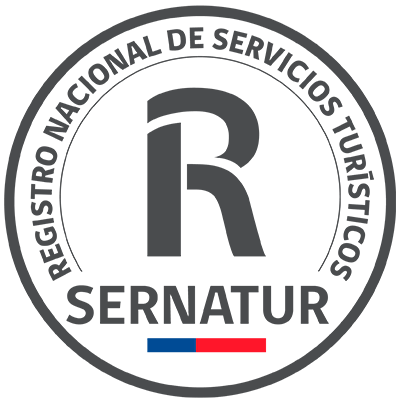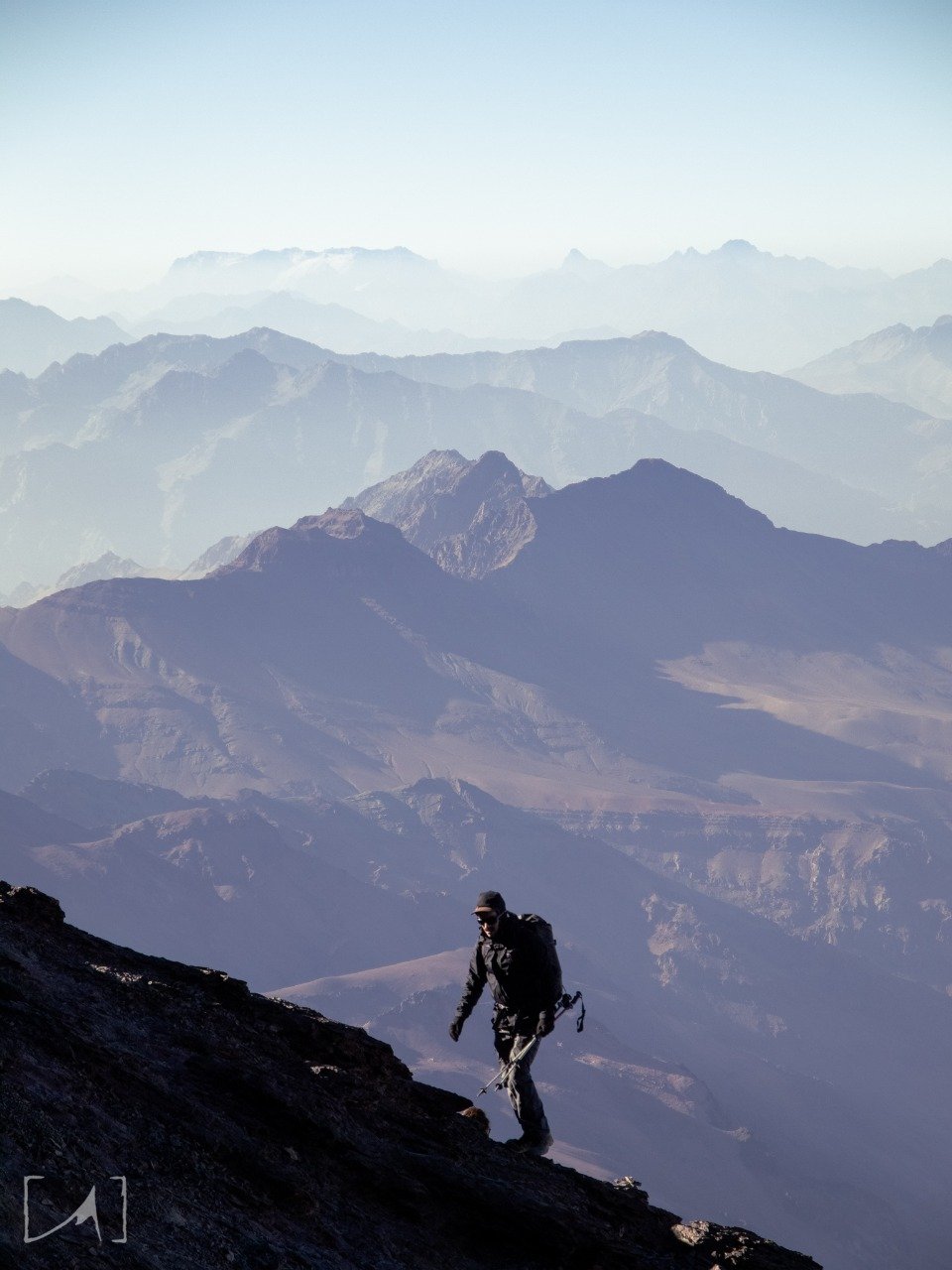Until a few years ago, the history taught in schools stated that the Spanish arrived and founded Santiago on empty land in 1541.
However, research initiated in the mid-20th century reveals that the legacy of the Inca Empire in Chile is deeper (and more surprising) than we previously believed.
One of the most important discoveries that confirms the presence of the Tawantinsuyu (the Inca Empire) in Chilean territory was the finding of the Child of El Plomo in 1954, which proved the Inca presence in the central Andes of Chile.
In the 1970s, Rubén Stehberg and Gonzalo Sotomayor began developing the hypothesis of a pre-Hispanic Inca Santiago.
If you are interested in this topic, you can read the 2012 article published in the National Museum of Natural History bulletin, where they conclude that a Tawantinsuyu urban center existed beneath Santiago’s historic center.
From there, roads extended in various directions, with the city’s economy based on hydro-agriculture and gold and silver mining. This infrastructure was likely repurposed by Pedro de Valdivia to found the city of Santiago.
Key archaeological finds confirm the existence of an Inca settlement in present-day Santiago.
Among them are cemetery remains discovered during the expansion of the metro network, Cuzco-style construction techniques found in the Patio de los Naranjos at the Presidential Palace, and numerous Inca ceramics uncovered beneath the Cathedral of Santiago and in the surrounding Plaza de Armas.
The Incas revered the highest mountains as the homes of their gods, known as apus.
In these sacred places, they performed ceremonies and sacrifices to honor the gods and ensure the balance between nature and the community.
One of the most important rituals was the capacocha, in which, after long pilgrimages that could last for months, children were sacrificed, and offerings were left in high-altitude sanctuaries.
These rituals served as a direct way of communicating with the gods, and the mountains became places where the human world connected with the divine.
El Plomo (5,425 meters above sea level), visible from Santiago, was one of these sacred sites.
In 1954, a group of arrieros (muleteers) climbed Cerro El Plomo searching for gold and silver, convinced that treasures were hidden in the peaks.
At 30 meters from the summit, they found a carefully constructed Inca burial site, and inside, the body of a child.
The extreme conditions on the mountain preserved the body in an exceptional state for centuries. Some people who saw the body remarked that it seemed as if the child was asleep, as though he might wake at any moment.

Grete Mostny, who ten years after the discovery would become the first female director of the National Museum of Natural History, explained that the mummification process only began after the body was moved to a lower altitude.
Until then, it had undergone natural freeze-drying, a process where frozen objects lose all moisture without exposure to heat.
Studies suggest that the child, approximately 8 years old, came from the southern part of the Inca Empire. During the pilgrimage to the capacocha ceremony, the child was fed and honored by the communities he encountered along the way.
The adornments found in the El Plomo sanctuary included gold and silver objects, which were part of his ceremonial attire, symbolizing his importance as a representative of the people before the gods.

This discovery became one of the most important archaeological findings in Chile, demonstrating that the capacocha ritual extended into the central Andes.
Today, the body of the Child of El Plomo is preserved in the National Museum of Natural History, where visitors can view a replica on display.
If you visit Cerro El Plomo, you can see two groups of Inca stone constructions called pircas.
At 5,200 meters, you’ll find the Adoratorio (Sanctuary), which was used for ceremonial purposes.
At 5,400 meters, you’ll encounter the Enterratorio (Burial Site), where the Child of El Plomo was discovered.
Connecting with the ancestral worldview in the mountains
The discovery of the Child of El Plomo is not just an archaeological artifact; it also offers a glimpse into the worldview of the indigenous peoples who lived in these lands long before us.
For them, mountains were not just landscapes; they were living beings, guardian spirits that protected the community and connected the human world with the divine.
The deep relationship these cultures had with nature is reflected in the importance they placed on the rituals performed on the summits.
Each time we climb a mountain, we can experience a small part of that sacred connection with nature, recognizing the spirituality that still resides in these landscapes.
The same mountains that once served as natural temples for ancestral cultures continue to offer us the opportunity to connect with our environment in a profound and mindful way.






